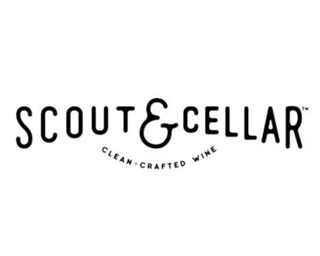Combating Delayed Onset Muscle Soreness
August 26, 2022 For those who endure through strenuous exercise, I’m sure you have felt the effects of it the next day. You can’t move, the body is stiff, and your arms are aching… what most of us allude to as muscle soreness. Now, recovery from training is becoming recognized as one of the most important aspects of physical activity and overall wellness. But, what causes muscle soreness?
For those who endure through strenuous exercise, I’m sure you have felt the effects of it the next day. You can’t move, the body is stiff, and your arms are aching… what most of us allude to as muscle soreness. Now, recovery from training is becoming recognized as one of the most important aspects of physical activity and overall wellness. But, what causes muscle soreness?
To put it simple: Muscle soreness can be caused by various factors such as strenuous exercise, inflammation, low energy availability (mainly reduction in muscle glycogen and lactic acid build-up), and/or even injury. For the purpose of a weekly routine, let’s remove the thought of injury because soreness can be associated with pain with an injury.
Muscle soreness is commonly experienced immediately during or in the hours following exercise. When soreness doesn’t occur until 24 hours following exercise and persists for up to 3-7 days it is typically referred to as delayed onset muscle soreness or “DOMS” for short. DOMS is caused by micro tears in the muscle, which is common and OKAY during exercise. The muscle repairs those micro tears and forces the muscle to adapt and grow, thus stronger muscles. Essentially, we need soreness to experience soreness for growth.
DOMS typically occurs following hard, strenuous exercise and is typically most common when an exercise program is being started for the first time or when exercise begins again after long periods of rest. DOMS is a normal occurrence and typically indicates that positive muscle adaptations are occurring. The muscle needs this constant load.
Now, how to combat DOMs and recover more efficiently?
● Consume Enough Protein, Carbs, Fluids, and Electrolytes Before & After Training
● Utilize Active Recovery
● Stretch, but More Specifically Foam Rolling
● Use NSAIDs When Appropriate
Consume Enough Macronutrients, Fluids, and Electrolytes Before & After Training
● Exercise induces muscle damage. After comes inflammation, in which blood flow is directed to that area to provide nutrients to heal damaged tissues. To provide the body with adequate energy and nutrients to repair tissues, we need to consume protein and carbohydrates.
● Studies have shown that consumption of a complete protein (20-30 grams) plus carbohydrates after exercise facilitates recovery much more quickly than a carbohydrate or protein feeding alone.
● Also, muscle contractions require various electrolytes that are lost in sweat, therefore proper fluid and electrolyte recovery is also essential in preventing soreness. Lastly, consumption of foods high in antioxidants can reduce inflammation.
Utilize Active Recovery
● Sometimes, stimulating the muscle and joint area can help relief muscle soreness because it facilities blood flow into the area. Blood carries a lot of macro and micro nutrients, so more blood flow is better. This can be in the form of a light walk or cycle or even low-intense strength training.
 Stretch, but More Specifically Foam Rolling
Stretch, but More Specifically Foam Rolling
● After an intense workout, foam rolling has been shown to alleviate soreness and even improve muscular performance. To achieve prime recovery, it is recommended to foam roll between 90-120 seconds on each sore muscle site to improve range of motion and reduce muscle stiffness.
Use NSAIDS when Appropriate
● Non-Steroidal Anti-Inflammatory Drugs are used by people of all ranges of age and fitness levels to reduce soreness or inflammation that can accompany hard exercise. However, initial caution needs to be given when taking NSAIDS within the first few hours after exercise because initial inflammation is crucial for healing and adaptation. So, the use of NSAIDS can be very counterproductive.
Overall, when it comes to exercise — soreness is inevitable and is almost needed. DOMS can last from 1-3 days, but anything longer means you went too hard during that
workout, and you need to scale down from that intensity. If you are having a hard time finding the balance in your training, consider a certified personal trainer to help you program your training based on your goals and needs.





